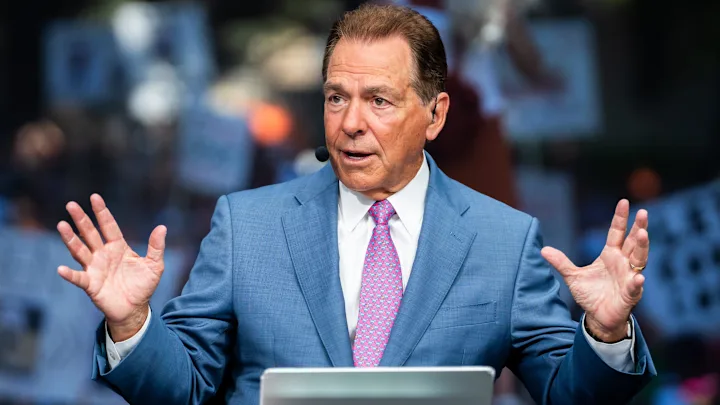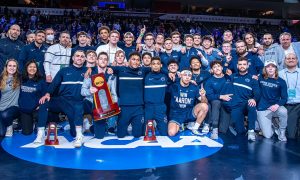- Ademola lookman
- angel reese
- Argentina
- Arizona Cardinals
- Aston villa news
- Athletics
- Barca
- Barca News update
- Barcelona azallah
- Barcelona Manchester City
- Barcelona news
- Barcelona News update
- baseball
- Baseball news
- Basketball news
- Becky Lynch
- Beky Lynch
- Big blue wildcats
- Billie jean
- Boston Celtics
- Boston red sox
- Boston red sox News
- Brazil
- Brazilian
- bronny james
- Brooke Henderson special
- Caitlin Clark
- Carlos alcaraz
- Carlos arcaraz
- Casemiro
- Chase Elliotts nation
- Chelseas football club
- Chicago bulls
- Christopher bell
- Cincinnati baseball
- Cincinnati Bengals
- Cincinnati Bengals fans
- Cincinnati Bengals news
- Cincinnati reds
- Cincinnati reds nation
- Coco gauff
- Cody Rhodes
- CSB sports
- Dart news
- David degea
- Denny Hamlin
- Diago Dalot
- Dollar cowboy
- Dollar cowboys
- Dollars cowboys
- Dr Diandra
- Dustin Johnson
- Eddie hall
- Eddie hull
- Eddie nketiah
- Elena rybakina
- Enzo maresco
- Fc Barcelona
- Florida state
- Galatasaray
- Gary Anderson
- Giorgio scavalni
- Golf news
- Haaland Manchester City
- Hockey news
- Husker max
- Husker power
- Ice hockey news
- Iga swiatek
- Iga swiatek news
- In gee chun golf special fans
- Indian cricket
- Indianapolis colts
- Indianapolis Colts news
- intel Miami
- Inter Milan
- Inter Milan news
- Ipswich news
- Jamie caragher
- Joe Gibbs
- Karate news
- Kentucky wildcats
- Kyle Busch
- Lakers
- Lakers and team Nation
- Lakers nation
- Lakes fans king James
- Laliga table
- Lamine yamal
- LeBron James news
- Leed united
- Leed united news
- Leicester city news
- Liv Morgan
- Liverpool news
- Los Angeles Lakers
- Love tennis
- Manchester united
- Manchester united news
- Marc marquez
- Mark cooper
- Martin bagnaia
- Matthew Hayden
- Max verstappen news
- Max Verstappens
- Mexican
- Miami dolphins news
- Miami heat
- Miami heat news
- Michael Essien
- Michael Jordan
- Michail Antonio
- Micheal Oliver
- Mike Tyson
- Mikel arteta
- Mississippi state
- MotoGP news
- NASCAR race
- Nascars news
- NBA
- Nebraska
- Nelly korda
- New Orleans News
- New York Yankees News
- Newcastle news
- Newcastle united news
- News
- NFL on CSB
- NFL on CSB sports
- Nottingham forest news
- NXT
- Ohio travel baseball
- Oscar
- Other Clubs
- Penn state
- Penrith panther
- Phil foden
- Pittsburgh penguins
- Premier League tuants
- Premiere league
- PSG
- Raheem sterling
- Rasmus hojlund
- Real Madrid news
- Really Madrid news
- Red bull
- Remove term: Anthony Davis Anthony Davis
- Rodri
- Roma reigns
- Roman reigns
- Roman reigns news
- Sam Burns
- Samantha Ruth
- Serena Williams
- Sergio perez
- Seth Rollins
- Sha carri Richardson
- Snooker
- Somos
- Spain
- Steffi graf
- Stephen curry
- Stoke city news
- Stratasy
- Swimming news
- Sydney McLaughlin
- Tennis
- Tennis channel
- Tennis Discussion
- Tennis enthusiast
- Tennis world
- TNT sports
- Tom Pidcocks
- Tom piddock
- Toni breidinger
- Tony Bennett
- Tottenham Hotspur news
- Tottenham news
- Tyler Allen
- Utah jazz
- Utah jazz news
- Van mistelrooy
- Van nistelrooy
- Wes ham
- Wes Morgan
- West Bromwich news
- West Ham united news
- Wrestling
- WWE
BREAKING NEWS: Miami dolphins Nick Saban called and announced his departure from LSU to the…


The Pivot podcast was where Saban made his admission. When asked if there was anything he “wished he had done differently” during his coaching career, Ryan Clark, who was a player for Saban with the Tigers from 2000 to 2001, responded. Saban instantly thought of his 2005 move to the Miami Dolphins from LSU.
This realization sent him back to the NCAA, where he duplicated and outperformed Paul “Bear” Bryant’s gold standard at the same school.
Eventually, Saban delivered on his promise. Miles and Ed Orgeron helped LSU win the titles in 2007 and 2019, so they haven’t been forgotten since Saban. But one of the most important “what if?” questions in college football history will always be what the Tigers and Crimson Tide might have been if Saban had never made the leap to the professional ranks.
Saban returned to the college game in 1995 as the head coach at Michigan State University, where he rebuilt the team over the course of five seasons. Following the 1999–2000 season, when Michigan State finished with a 9–2 record, he resigned and became the head coach at Louisiana State University (LSU). Saban had even more success during his five years at LSU, with five appearances in bowl games. Following a 13–1 campaign during the 2003–04 season, LSU defeated the University of Oklahoma in the BCS national championship (in the Sugar Bowl) to give Saban his first college national title. After spending one more year at LSU, he returned to the professional ranks as the head coach of the NFL’s Miami Dolphins. The team had two mediocre seasons, however, marked by numerous personality clashes between Saban and his players, and he left to take over the University of Alabama





